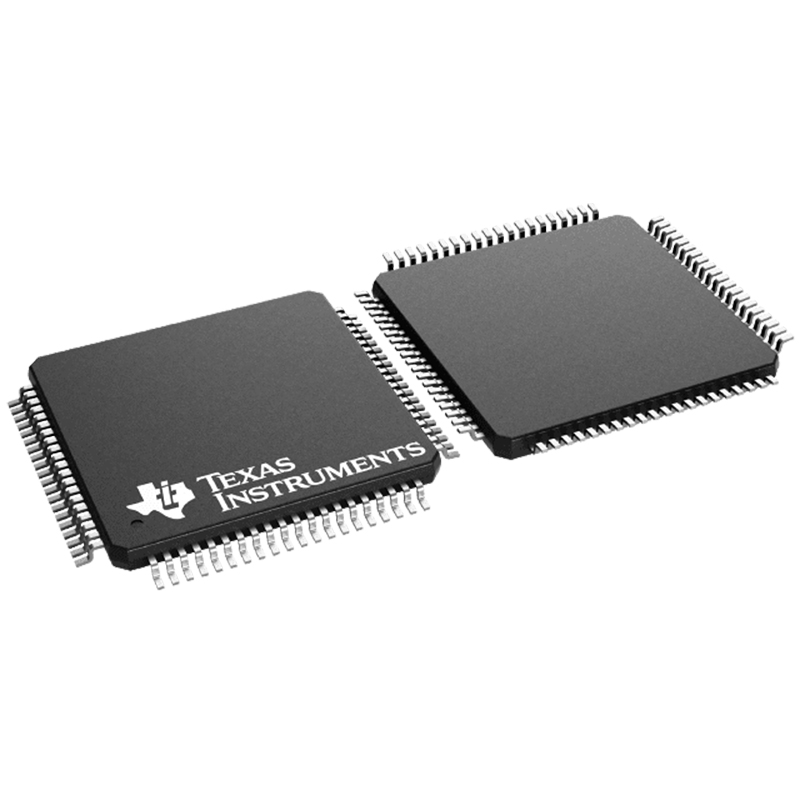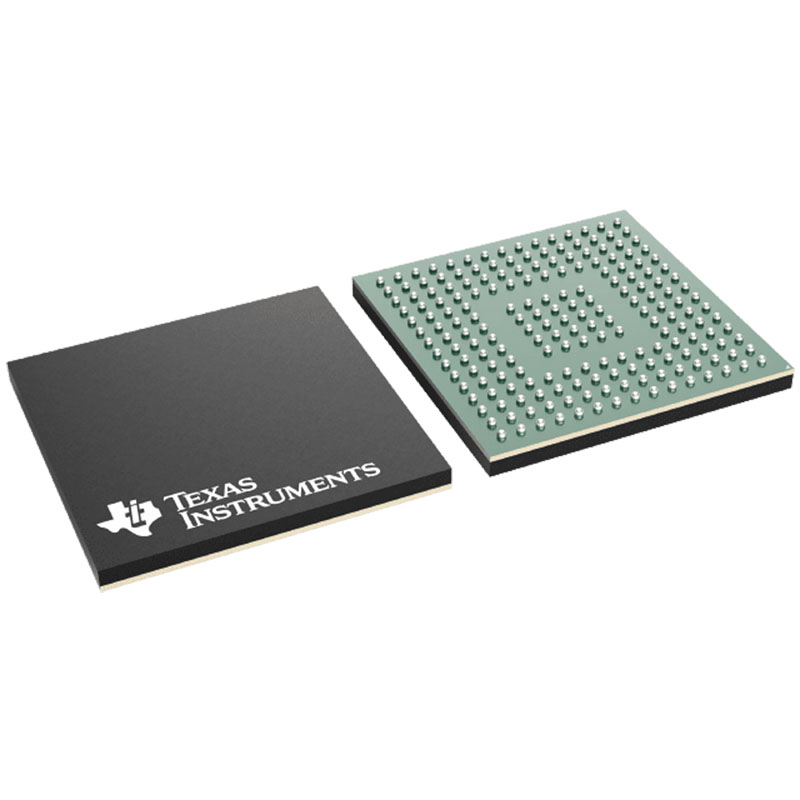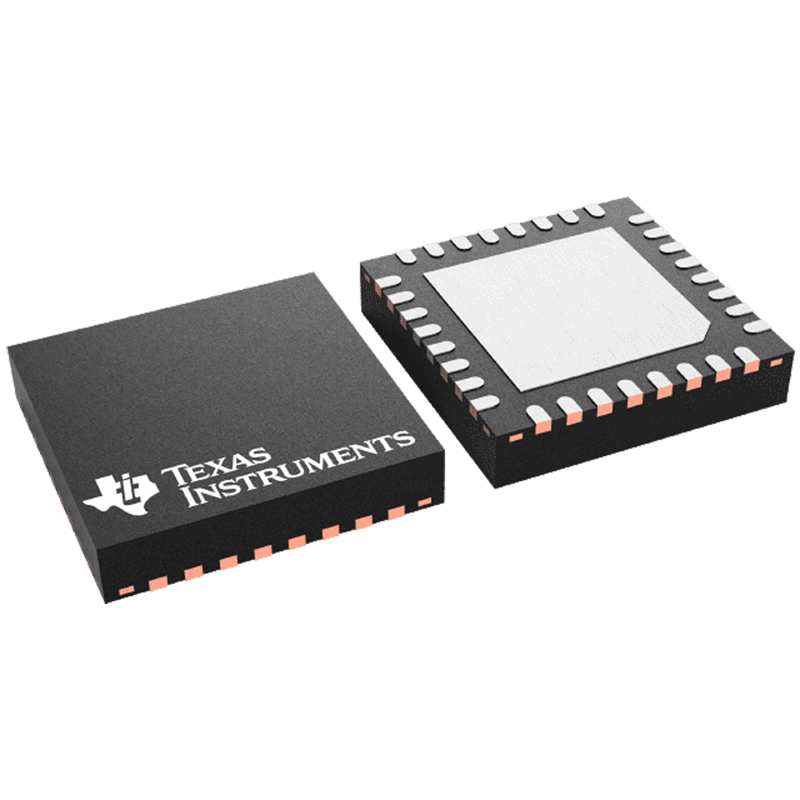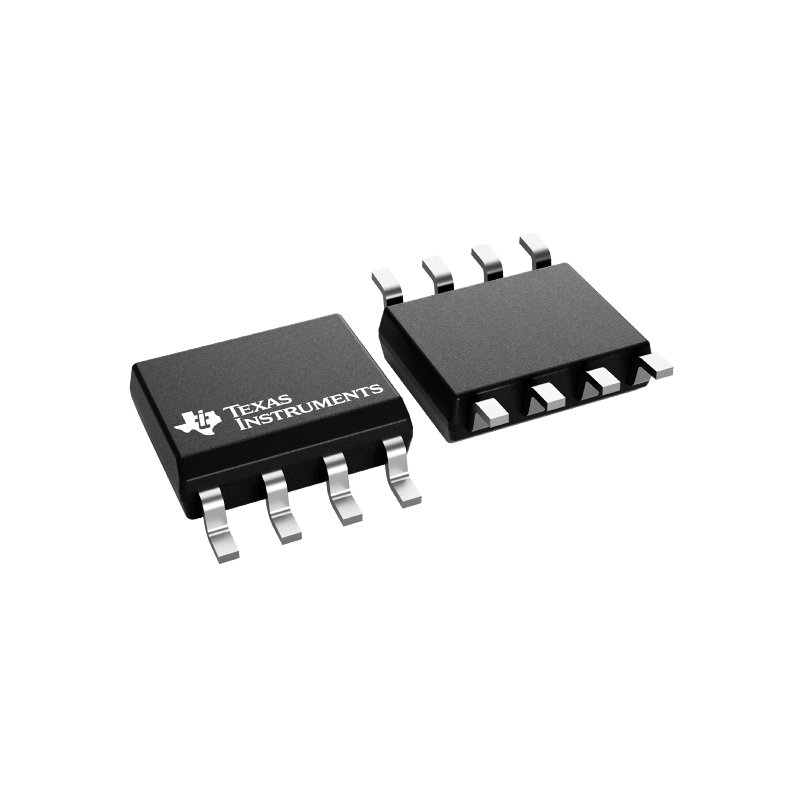
Products
100% Original Resistor Smd 0402 - MSP430F5329IPNR LQFP-80 Electronic components integrated circuit Micro controller – FlyBird
100% Original Resistor Smd 0402 - MSP430F5329IPNR LQFP-80 Electronic components integrated circuit Micro controller – FlyBird Detail:
Features for the MSP430F5329
●Low supply voltage range: 3.6 V down to 1.8 V
●Ultra-low power consumption
○Active mode (AM): all system clocks active 290 µA/MHz at 8 MHz, 3 V, flash program execution (typical) 150 µA/MHz at 8 MHz, 3 V, RAM program execution (typical)
○Standby mode (LPM3): real-time clock (RTC) with crystal, watchdog, and supply supervisor operational, full RAM retention, fast wakeup: 1.9 µA at 2.2 V, 2.1 µA at 3 V (typical) ○low-power oscillator (VLO), general-purpose counter, watchdog, and supply supervisor operational, full RAM retention, fast wakeup: 1.4 µA at 3 V (typical)
○Off mode (LPM4): full RAM retention, supply supervisor operational, fast wakeup: 1.1 µA at 3 V (typical)
○Shutdown mode (LPM4.5): 0.18 µA at 3 V (typical)
●Wake up from standby mode in 3.5 µs (typical)
●16-bit RISC architecture, extended memory, up to 25-MHz system clock
●Flexible power-management system
○Fully integrated LDO with programmable regulated core supply voltage
○Supply voltage supervision, monitoring, and brownout
●Unified clock system
○FLL control loop for frequency stabilization
○Low-power low-frequency internal clock source (VLO)
○Low-frequency trimmed internal reference source (REFO)
○32-kHz watch crystals (XT1)
○High-frequency crystals up to 32 MHz (XT2)
●16-bit timer TA0, Timer_A with five capture/compare registers
●16-bit timer TA1, Timer_A with three capture/compare registers
●16-bit timer TA2, Timer_A with three capture/compare registers
●16-bit timer TB0, Timer_B with seven capture/compare shadow registers
●Two universal serial communication interfaces (USCIs)
○USCI_A0 and USCI_A1 each support:
Enhanced UART supports automatic baud-rate detection
IrDA encoder and decoder
Synchronous SPI
○USCI_B0 and USCI_B1 each support:
I2C
Synchronous SPI
●Integrated 3.3-V power system
●12-bit analog-to-digital converter (ADC) with internal reference, sample-and-hold, and autoscan feature
●Comparator
●Hardware multiplier supports 32-bit operations
●Serial onboard programming, no external programming voltage needed
●3-channel internal DMA
●Basic timer with RTC feature
●Device Comparison summarizes the available family members
Description for the MSP430F5329
The TI MSP430™ family of ultra-low-power microcontrollers consists of several devices featuring different sets of peripherals targeted for various applications. The architecture, combined with extensive low-power modes is optimized to achieve extended battery life in portable measurement applications. The device features a powerful 16-bit RISC CPU, 16-bit registers, and constant generators that contribute to maximum code efficiency. The digitally controlled oscillator (DCO) allows the devices to wake up from low-power modes to active mode in 3.5 µs (typical).
The MSP430F5329, MSP430F5327, and MSP430F5325 are microcontroller configurations with an integrated 3.3-V LDO, four 16-bit timers, a high-performance 12-bit ADC, two USCIs, a hardware multiplier, DMA, an RTC module with alarm capabilities, and 63 I/O pins.
The MSP430F5328, MSP430F5326, and MSP430F5324 include all of these peripherals but have 47 I/O pins.
Typical applications include analog and digital sensor systems, data loggers, and various general-purpose applications.
For complete module descriptions, see the MSP430F5xx and MSP430F6xx Family User’s Guide.
Product detail pictures:

Related Product Guide:
Our development depends on the advanced equipment, excellent talents and continuously strengthened technology forces for 100% Original Resistor Smd 0402 - MSP430F5329IPNR LQFP-80 Electronic components integrated circuit Micro controller – FlyBird , The product will supply to all over the world, such as: Singapore, Turkmenistan, Stuttgart, In order to carry out our goal of "customer first and mutual benefit" in the cooperation, we establish a professional engineering team and a sales team to supply the best service to satisfy our customers' requirements. Welcome you to cooperate with us and join us. We are your best choice.
1. Who are the staff in your R & D department? What are your qualifications?
-R & D Director: formulate the company’s long-term R & D plan and grasp the direction of research and development; Guide and supervise r&d department to implement company r&d strategy and annual R&D plan; Control the progress of product development and adjust the plan; Set up excellent product research and development team, audit and training related technical personnel.
R & D Manager: make new product R & D plan and demonstrate the feasibility of the plan; Supervise and manage the progress and quality of r&d work; Research new product development and propose effective solutions according to customer requirements in different fields
R&d staff: collect and sort out key data; Computer programming; Conducting experiments, tests and analyses; Prepare materials and equipment for experiments, tests and analyses; Record measurement data, make calculations and prepare charts; Conduct statistical surveys
2. What is your product research and development idea?
- Product conception and selection product concept and evaluation product definition and project plan design and development product testing and validation launch to market
Company director has very rich management experience and strict attitude, sales staff are warm and cheerful, technical staff are professional and responsible,so we have no worry about product,a nice manufacturer.





